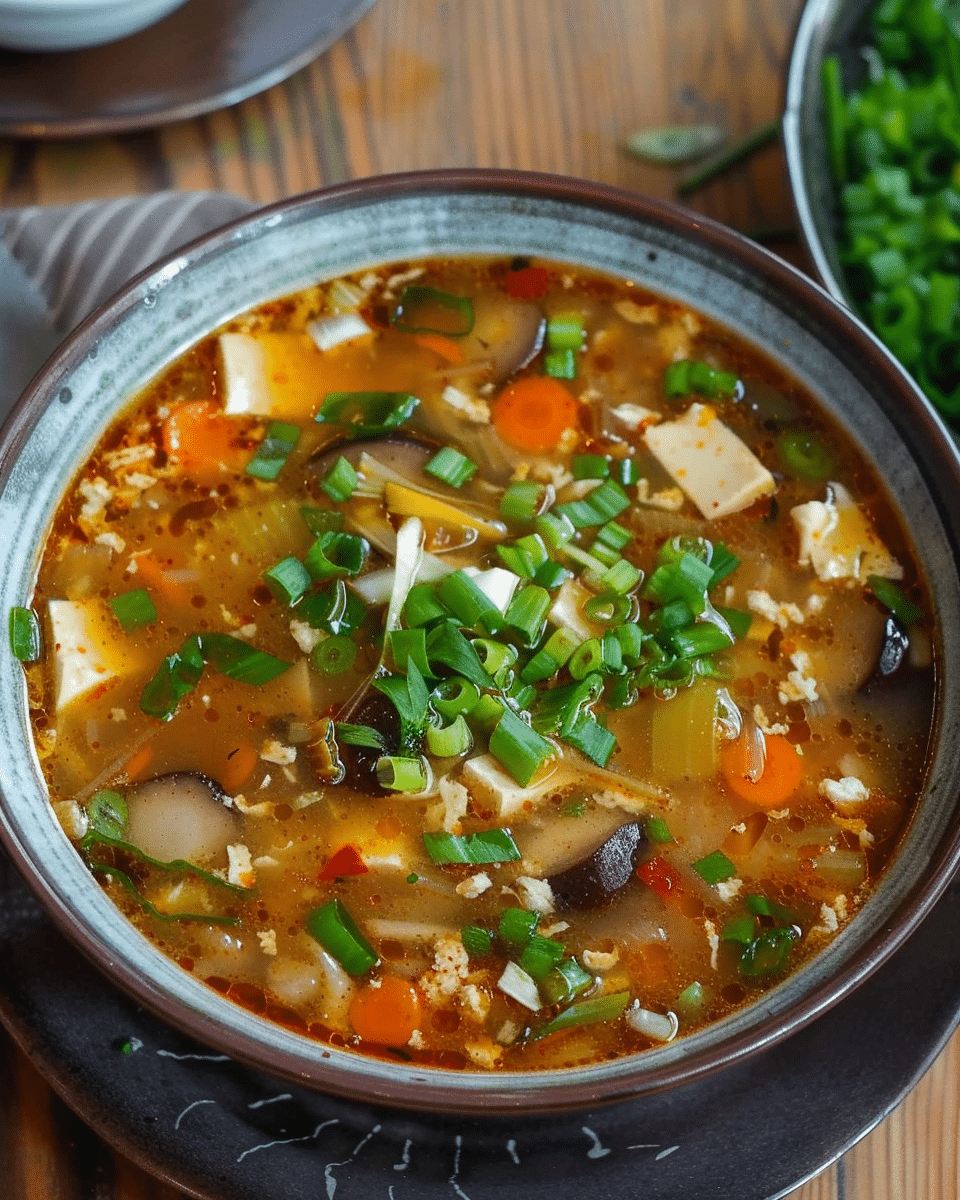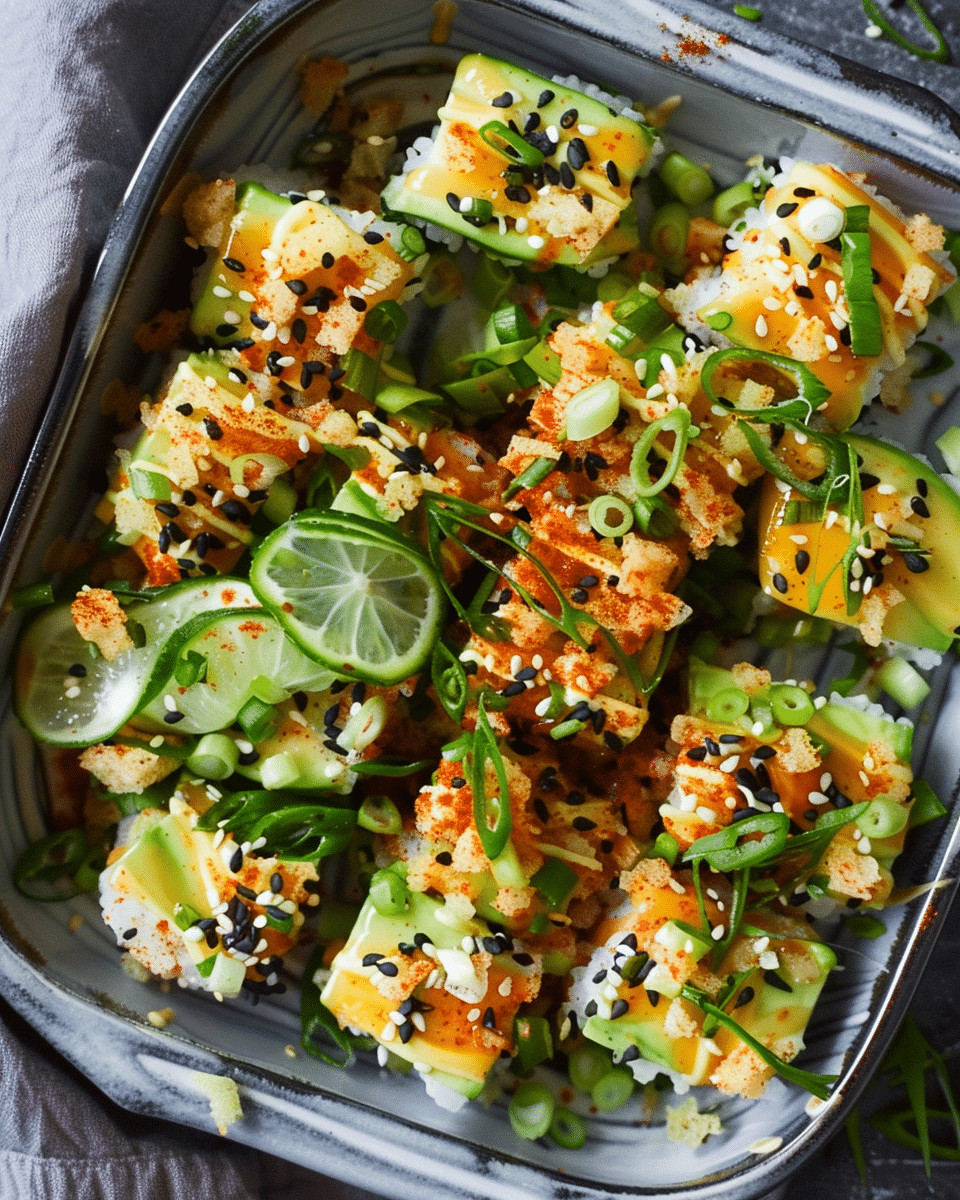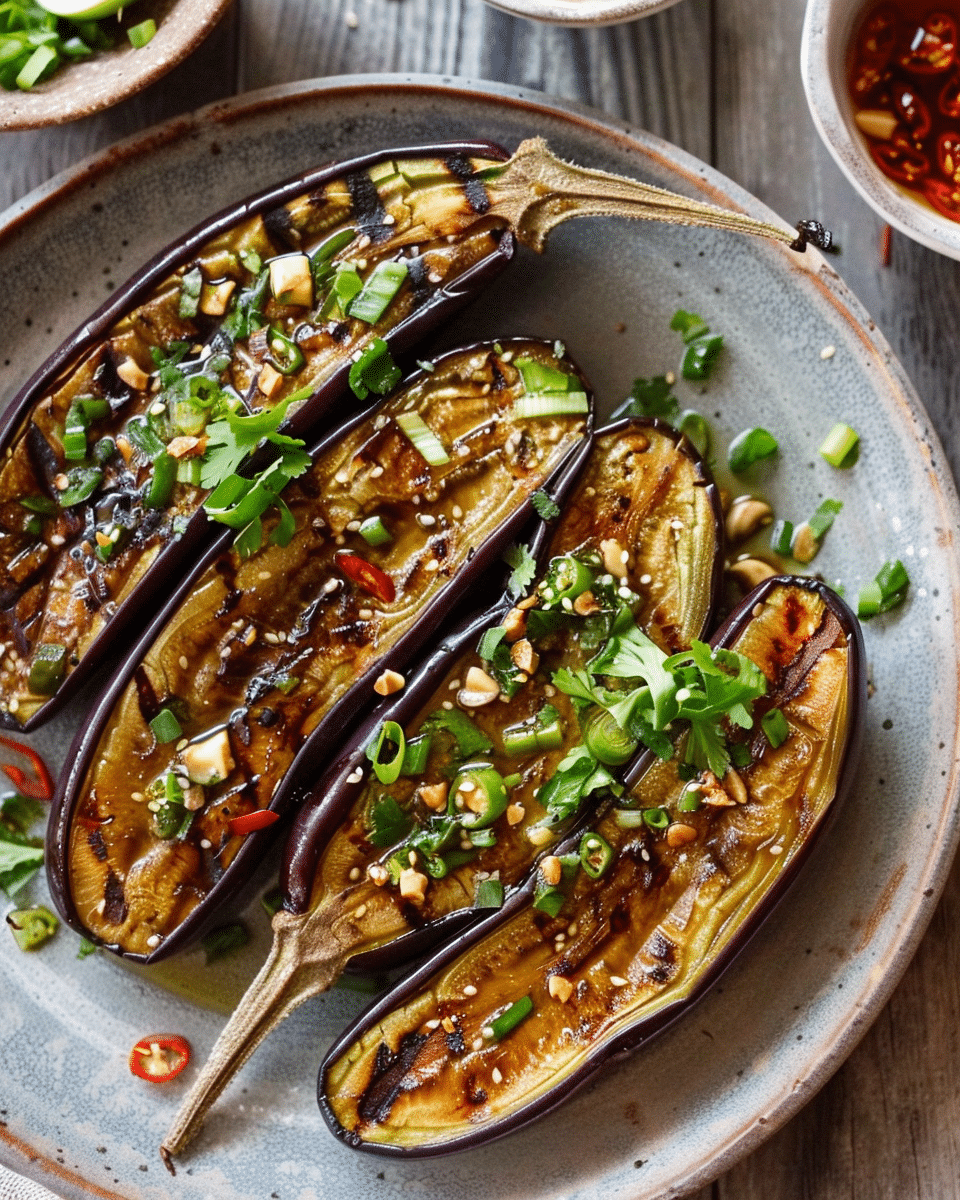Cakes have always been an integral part of our celebrations and daily life. From ancient civilizations using primitive ingredients to today’s sophisticated baking techniques, the ingredients have seen a remarkable evolution. Let’s embark on a sweet journey through time and ingredients.
A Brief History of Cake Baking
Centuries ago, cakes were more like sweet bread. Ancient Egyptians were among the first to showcase advanced baking skills. With time, as trade routes expanded, new ingredients were introduced, refining the art of cake making.
The Evolution of the Five Primary Ingredients over the Centuries
From honey in ancient cakes to refined sugar now, from using wine as a leavening agent to today’s baking powders, the cake ingredients have indeed come a long way.
What Are The 5 Main Ingredients In Cake?
Well, every cake enthusiast, beginner, or pro has asked this question at some point. Let’s break it down.
1. Flour: The Backbone of a Cake
Flour provides the structure to our cakes. Mainly derived from wheat, its proteins, when mixed with moisture, turn into gluten, giving cakes their firmness. Too much can make a cake tough, and too little can make it crumble.
2. Sugar: The Sweetness Enhancer

Sugar does more than sweeten. It affects the texture, making cakes tender. It also assists in browning and adds moisture. Different sugars, like brown or granulated, have unique impacts on flavor.
3. Eggs: The Binding Force

Eggs are the unsung heroes of baking. They hold everything together, provide moisture, and even help cakes rise. Their proteins set when baked, giving structure.
4. Butter or Oil: The Moisture Provider

Fats, like butter or oil, add richness and moisture. They also give cakes their melt-in-the-mouth feel. Butter adds flavor, while oils generally keep cakes softer for longer.
5. Leavening Agents: The Rising Stars

Leavening agents, like baking powder or soda, produce gases when mixed with wet ingredients. This makes cakes rise and become fluffy. Their quantity needs to be just right to avoid over-rising or dense cakes.
Decoding the Importance of Each Core Cake Ingredient
Let’s delve into the importance of each main ingredient in a cake:
-
Flour:
- Structure: Flour is the primary structure-providing ingredient in a cake. The proteins in flour turn into gluten when mixed with moisture. This gluten network provides the cake with its body and firmness. Learn more about gluten at the Wheat Foods Council.
- Texture: The type and amount of flour used can influence the cake’s texture. For instance, cake flour yields a softer crumb, while bread flour can make a cake more chewy.
- Bulk: Flour provides the bulk of the cake, making it substantial and hearty.
-
Sugar:
- Sweetness: The primary role of sugar is, of course, to sweeten the cake, enhancing its overall flavor.
- Texture: Sugar has a tenderizing effect. It interferes with gluten formation, preventing the cake from becoming too tough or rubbery. Read about sugar’s role in baking at the Sugar Association.
- Moisture Retention: Sugar attracts and holds onto water, which helps in keeping the cake moist for a longer period.
- Browning: During baking, sugar caramelizes, which contributes to the golden-brown crust of a cake.
-
Eggs:
- Binding: Eggs act as the glue in a cake, binding all the ingredients together and ensuring a cohesive mix.
- Structure: The proteins in eggs coagulate during baking, aiding in the cake’s structure and firmness.
- Moisture: Eggs are a source of liquid for the batter, which is essential for the right consistency and moisture content.
- Flavor and Color: Eggs contribute to the rich taste of a cake and give it a pleasant yellow hue.
-
Butter or Oil (Fats):
- Flavor: Fats, especially butter, add a distinct richness and depth of flavor to the cake.
- Tenderness: Fats coat flour proteins, reducing gluten formation and ensuring a tender, soft crumb in the cake.
- Moisture: They help in retaining moisture, ensuring the cake doesn’t become dry.
- Texture: The choice of fat can influence the cake’s texture. For example, oil can give a moister mouthfeel compared to butter.
-
Leavening Agents (like baking powder or baking soda):
- Rise: The primary purpose of leavening agents is to produce gas when they react with other ingredients, causing the cake to rise.
- Texture: They ensure a light and fluffy texture by introducing air pockets into the batter.
- Color: Some leavening agents, like baking soda, can affect the cake’s color due to their alkalinity.
- Flavor: While their main role is functional, leavening agents can also influence the cake’s taste, especially if used in excess.
In essence, each of these ingredients plays a crucial role in the making of a cake. Altering the proportions or quality of any of these can significantly impact the final outcome, both in terms of taste and texture.
Exploring Common Substitutes for 5 Main Ingredients in Cake
Here’s a breakdown of common substitutes for the main ingredients in a cake:
-
Flour:
- Almond Flour: A popular choice for those following gluten-free or low-carb diets. It provides a nutty flavor and is often used in combination with other flours to achieve the desired texture.
- Coconut Flour: Another gluten-free alternative, coconut flour is highly absorbent, so you’ll typically use less of it compared to wheat flour. It gives baked goods a light coconut flavor.
- Oat Flour: Made from finely ground oats, this flour offers a wholesome, slightly nutty flavor and is often used in health-conscious recipes.
-
Sugar:
- Honey: A natural sweetener that can be used in place of sugar. It adds moisture, so you might need to adjust other liquid ingredients. Also, remember it’s sweeter than sugar, so use less.
- Maple Syrup: Imparts a unique flavor and can be used as a sugar substitute, especially in recipes like pancakes and certain cakes.
- Agave Nectar: Derived from the agave plant, it’s sweeter than sugar, so you’ll use less. Suitable for vegan recipes as a honey substitute.
- Stevia: A calorie-free sweetener derived from the leaves of the stevia plant. It’s much sweeter than sugar, so you’d use it in smaller quantities.
-
Eggs:
- Applesauce: Provides moisture to recipes and can replace the binding quality of eggs. Use a quarter cup of unsweetened applesauce to replace one egg.
- Bananas: Half a mashed banana can replace one egg, especially in recipes where a slight banana flavor complements the dish.
- Yogurt/Buttermilk: Use a quarter cup to replace one egg. It adds moisture and binds ingredients.
- Flaxseeds or Chia Seeds: When mixed with water, these seeds create a gel-like consistency, similar to an egg. Typically, one tablespoon of seeds mixed with 2.5 tablespoons of water can replace one egg.
-
Butter or Oil:
- Applesauce: A healthier alternative to fats, it can replace half the amount of butter or oil in a recipe.
- Greek Yogurt: Provides moisture and can replace half the butter or oil in baking recipes.
- Avocado: Pureed avocado can replace butter in recipes for a healthier fat option and creamy texture.
- Coconut Oil: A direct substitute for butter or other oils, coconut oil is solid at room temperature but melts when heated.
-
Leavening Agents:
- Buttermilk: When you’re out of baking powder, you can use buttermilk combined with baking soda as a substitute.
- Yogurt: Similar to buttermilk, when combined with baking soda, it can act as a leavening agent.
- Lemon Juice: Paired with baking soda, the acid in lemon juice can help baked goods rise.
- Vinegar: White or apple cider vinegar can be combined with baking soda to replace baking powder. The acid in the vinegar reacts with the soda, producing gas bubbles.
Remember, when substituting ingredients, the final texture and flavor of the cake may vary. It’s often a good idea to experiment and adjust quantities to achieve the desired result.
Misconceptions About The 5 Main Ingredients in Cakes
Let’s address some of the common misconceptions surrounding cake ingredients:
-
Flour:
- Misconception: All flours behave the same in baking.
- Truth: Different flours have varying protein contents, which affects gluten formation. For example, bread flour has more protein than cake flour, leading to chewier textures versus softer crumb.
- Truth: Different flours have varying protein contents, which affects gluten formation. For example, bread flour has more protein than cake flour, leading to chewier textures versus softer crumb.
- Misconception: All flours behave the same in baking.
-
Sugar:
- Misconception: Brown sugar and white sugar are interchangeable without any alterations.
- Truth: While both are sweeteners, brown sugar has molasses, giving it moisture and a distinct flavor. Substituting one for the other can change the cake’s texture and taste.
- Misconception: Sugar-free cakes are always healthier.
- Truth: While reducing sugar can cut calories, many sugar substitutes have their health implications, and “sugar-free” doesn’t necessarily mean low-calorie or more nutritious.
- Truth: While reducing sugar can cut calories, many sugar substitutes have their health implications, and “sugar-free” doesn’t necessarily mean low-calorie or more nutritious.
- Misconception: Brown sugar and white sugar are interchangeable without any alterations.
-
Eggs:
- Misconception: The color of the egg yolk determines its quality or nutritional value.
- Truth: Yolk color is determined by the hen’s diet, not the nutritional content or quality of the egg.
- Misconception: White eggs are different in taste or quality than brown eggs.
- Truth: The color of the eggshell is determined by the breed of the hen and has no bearing on the egg’s flavor, quality, or nutritional value.
- Truth: The color of the eggshell is determined by the breed of the hen and has no bearing on the egg’s flavor, quality, or nutritional value.
- Misconception: The color of the egg yolk determines its quality or nutritional value.
-
Butter or Oil:
- Misconception: Margarine is healthier than butter.
- Truth: While margarine may have less saturated fat than butter, many types contain trans fats, which have adverse health implications. It’s crucial to read the label.
- Misconception: All oils are created equal in baking.
- Truth: Different oils have unique flavors and smoke points. For instance, olive oil has a stronger taste compared to canola oil, which can alter the cake’s flavor.
- Truth: Different oils have unique flavors and smoke points. For instance, olive oil has a stronger taste compared to canola oil, which can alter the cake’s flavor.
- Misconception: Margarine is healthier than butter.
-
Leavening Agents:
- Misconception: Baking powder and baking soda can be used interchangeably.
- Truth: Baking soda (bicarbonate of soda) is alkaline and requires an acid to activate it, like vinegar or lemon juice. Baking powder contains both an acid and a base and only requires moisture to work. Using one in place of the other without adjustments can lead to a flat or metallic-tasting cake.
- Misconception: More baking powder or soda makes the cake fluffier.
- Truth: Over-leavening can cause cakes to rise rapidly and then collapse, leading to a dense texture. Balance is key.
- Truth: Over-leavening can cause cakes to rise rapidly and then collapse, leading to a dense texture. Balance is key.
- Misconception: Baking powder and baking soda can be used interchangeably.
Understanding the facts about cake ingredients can not only improve your baking skills but also help in making informed dietary choices. It’s always beneficial to clear up misconceptions to get the best results in the kitchen!
Related:
Expert Tips for Crafting The Perfect Cake Using The 5 Main Ingredients
Crafting the perfect cake requires a combination of the right ingredients, technique, and some insider knowledge. Here are expert tips to elevate your baking game:
-
Accurate Measurements:
- Always use measuring cups and spoons for precision. A slight excess or shortage of an ingredient can significantly affect the outcome.
- For best results, invest in a kitchen scale. Weighing ingredients ensures consistency, especially with crucial ingredients like flour and sugar.
-
Room Temperature Ingredients:
- Ingredients like eggs, butter, and milk should be at room temperature. This ensures even mixing and helps achieve a smoother batter.
- Cold eggs can be brought to room temperature quickly by placing them in warm water for about 10 minutes.
-
Sifting Dry Ingredients:
- Always sift flour, baking powder, and cocoa powder to remove lumps and aerate the mixture. This results in a lighter and fluffier cake.
- Always sift flour, baking powder, and cocoa powder to remove lumps and aerate the mixture. This results in a lighter and fluffier cake.
-
Mixing Techniques:
- Don’t overmix the batter. Mix just until the ingredients are combined. Overmixing can lead to a dense or tough cake because of excessive gluten development.
- When adding dry ingredients to wet ones, it’s best to add them in batches, mixing gently after each addition.
-
Checking Cake Doneness:
- Instead of relying solely on baking times, use the toothpick test. Insert a toothpick or skewer into the cake’s center; if it comes out clean or with a few crumbs, the cake is done.
- The cake should also spring back slightly when lightly touched.
-
Oven Temperature:
- Preheat the oven before placing the cake in it. This ensures even baking from the start.
- Consider investing in an oven thermometer to ensure the temperature is accurate.
-
Positioning in the Oven:
- For even baking, place the cake in the center of the oven. If baking multiple layers, ensure there’s space between the pans for proper air circulation.
- For even baking, place the cake in the center of the oven. If baking multiple layers, ensure there’s space between the pans for proper air circulation.
-
Grease and Line Baking Pans:
- Properly grease the sides and base of your baking pans. For added assurance, line the bottom with parchment paper to prevent sticking.
- Properly grease the sides and base of your baking pans. For added assurance, line the bottom with parchment paper to prevent sticking.
-
Cooling:
- Allow cakes to cool in the pan for about 10 minutes before transferring them to a wire rack. This prevents them from breaking or becoming misshapen.
- Let cakes cool completely before frosting or decorating to prevent the frosting from melting.
-
Storing:
- If not serving immediately, store the unfrosted cake wrapped in plastic wrap or in an airtight container to retain moisture.
- Frosted cakes should be stored in a cool place, and certain frostings, like cream cheese, require refrigeration.
With these expert tips in your arsenal, you’re well on your way to consistently creating flawless cakes that are as delightful in taste as they are in appearance!
FAQs
What makes a cake rise? Cakes rise due to leavening agents like baking powder, baking soda, or yeast. These agents produce gas when mixed with certain ingredients, creating air pockets that cause the cake to expand and become fluffy.
What are the 20 ingredients in baking? Baking commonly uses flour, sugar, eggs, butter, milk, baking powder, baking soda, yeast, salt, vanilla extract, cocoa powder, cream of tartar, water, oil, honey, molasses, brown sugar, cornstarch, nuts, and fruits.
What are the 4 main methods of baking? The primary methods of baking are creaming, whisking, rubbing in, and melting. Each technique is suitable for different recipes and results in varying textures and finishes.
What are the 7 basic baking ingredients? The fundamental ingredients in baking are flour, sugar, eggs, butter or oil, baking powder or baking soda, salt, and liquid (like milk or water). These essentials create the foundation for most baked goods.
Conclusion
Baking the perfect cake is both an art and a science. It’s not merely about combining ingredients but understanding the nuances of each and how they interact. From the historical evolution of cake-making to the critical role played by each ingredient, we’ve traversed the intricate world of baking. We’ve debunked myths, highlighted common substitutes, and shared expert tips that can transform your baking journey.
However, the true essence of baking lies beyond measurements and techniques. It’s about the love, passion, and creativity poured into each cake, making it unique. Whether you’re a novice baker or an expert, there’s always room to learn, experiment, and, most importantly, enjoy the process. After all, every cake tells a story, and with the insights shared, you’re now better equipped to make yours a masterpiece.
So, the next time you’re whisking that batter or preheating your oven, remember the legacy, science, and artistry behind it. Happy baking!









